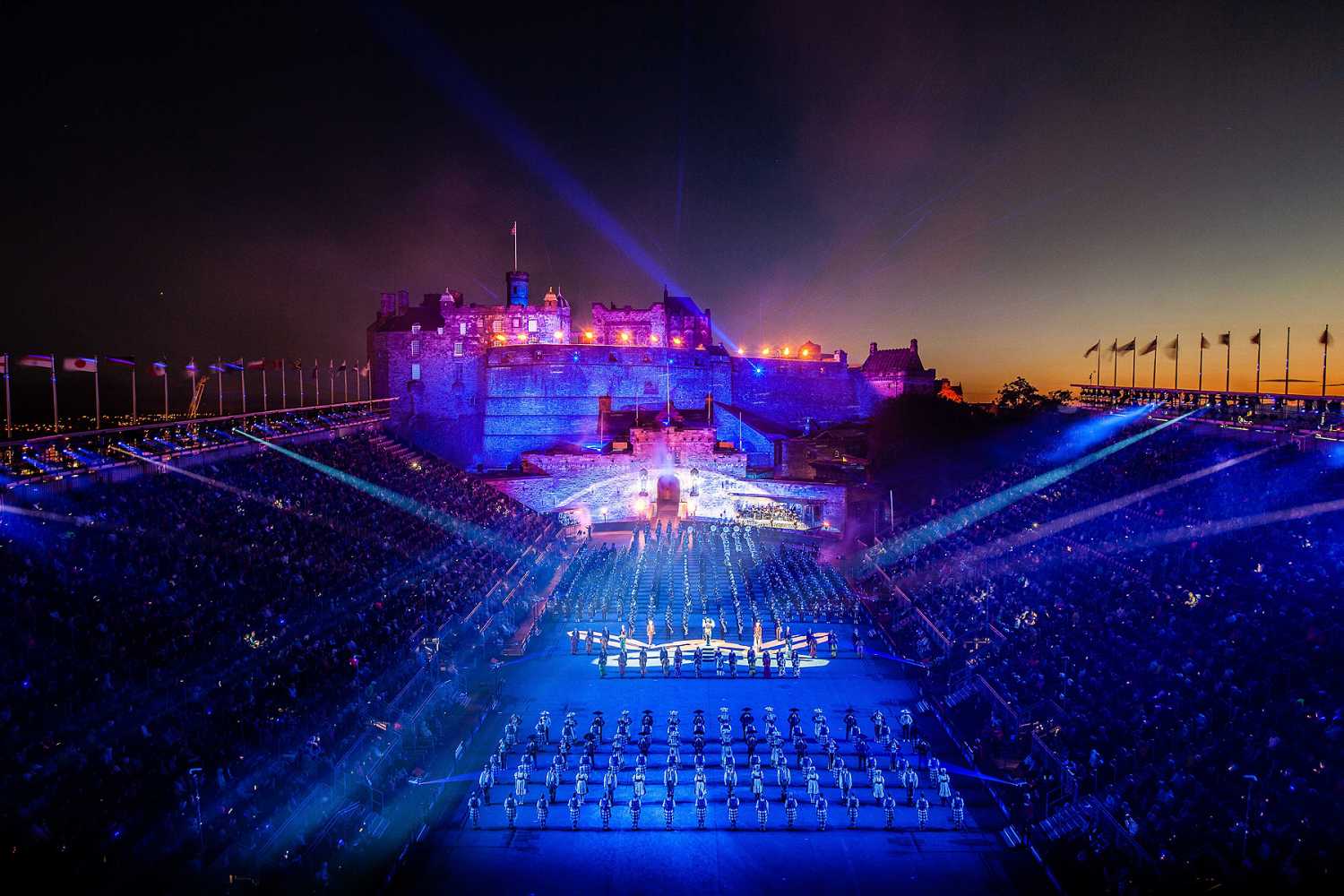DPA Microphones amplifies Edinburgh Military Tattoo
- Details

In recent years, DPA microphones have a played a key part in delivering the sound for the show. Sound designer Sebastian Frost, who has worked on this event for 23 years, specified a vast selection of d:vote 4099 Instrument Microphones, d:screet 4061 Miniature Microphones and d:fine 4066 Headset Microphones incorporating the new CORE by DPA amplifier technology. In total, more than 110 DPA microphones were deployed across a wide range of musicians and performers, including a Malawian choir.
“My main task is to amplify lots of different elements and not just the musicians,” Sebastian Frost says. “It's all about time management and making sure that all the sounds produced by the various performers in different locations (marching, choir stage, moat stage, castle ramparts) arrive at each audience member's ears at the correct time. Getting all those performers to play at the same time, even though they can be 100 meters apart, is complex. There are up to 1,300 performers taking part in the Tattoo, and we need to mic up a few hundred of them at various points in the show.”
Sound equipment for the show was supplied by Wigwam Acoustics, who have been assisting with this event for many years.
“They provide the most amazing support,” Frost says. “Not least from Katie Worsick who plans and configures the huge RF plot and systems. The microphones we use are half wired and half wireless. This year, we used 70 channels of radio mics and 20 IEMs for the mobile performers, plus about 60 channels of fixed microphones for the choir, moat stage, boundary.
“Continuity of sound and durability are my main reasons for choosing DPA,” he continues. “I've used DPA mics for a very long time and was, in fact, the first sound designer to use the d:fine 4066 Headset Microphones in the West End. On a recent show – The Last Ship, featuring music and lyrics by Sting - I used just two DPA models on the entire rig because they gave me predictable, even sound. It worked a treat, so I always try to do that now.”
For the Royal Edinburgh Military Tattoo, Frost used d:vote CORE 4099 Instrument Microphones for all the stringed instruments including a 40-piece fiddle group and an 18-piece string orchestra.
“They are perfect for strings and the clips are so easy to use,” he says. “We also have the largest collection of Rycote Fluffies, as it can get pretty windy on the castle ramparts. The bulk of the radio mic capsules are d:screet 4061s, while for the choirs we used d:fine 4066 Headset Microphones, which have long been my first choice as a headset. I used the omnidirectional version because the cardioid mics were too sensitive in the wind, plus I love the open sound of the new d:fine CORE 4066 microphones. All of our mics have to be durable because they get very rough handling in all weather conditions – shows never get cancelled so the mics have to go out regardless of the weather.”
With the Tattoo over for another year, Sebastian Frost is getting ready for a new project in Macau and is preparing to take The Last Ship to Toronto in the New Year. DPA will play a key role in both of these productions.
(Jim Evans)
















